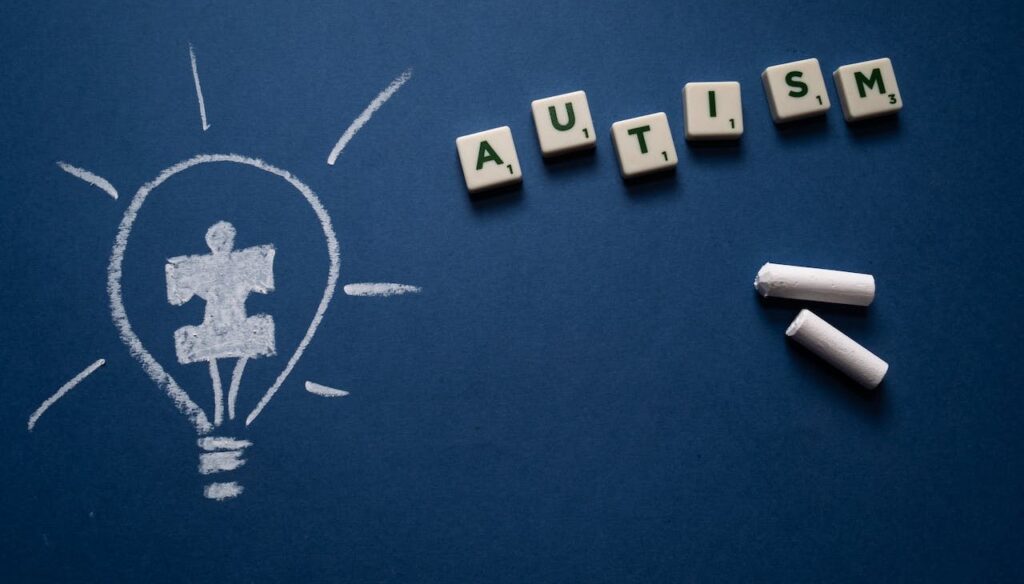Introduction
Navigating the complex world of autism diagnosis can be overwhelming, but Oxford CBT is here to guide you through the process. If you’re reading this, you probably have questions about autism diagnosis. Perhaps you’re wondering who diagnoses autism and what the process includes if you think you or someone you care about is on the spectrum. In this blog, we’ll shed light on this crucial aspect of understanding autism and getting the right support.
Understanding Autism Spectrum Disorder
Autism Spectrum Disorder (ASD) is a complex neurodevelopmental condition that affects communication, social interaction, and behaviour. It’s often referred to as a spectrum because it encompasses a wide range of symptoms, strengths, and challenges. Some individuals with autism may have significant support needs, while others may lead independent lives. Understanding the spectrum is key to appreciating the diversity within the autism community.
The Importance of Early Diagnosis
Early diagnosis is crucial because it allows individuals and their families to access support and interventions that can make a significant difference in their lives. Think of early diagnosis as a bright flashlight that helps you navigate the journey ahead. It means families can start building the best support system and empowers them to understand the specific needs of their loved ones with autism, promoting better outcomes in the long run.
Who is Involved in the Diagnostic Process?
A team of healthcare professionals, such as child psychologists, developmental paediatricians, clinical psychologists, and licensed clinical therapists, work together to diagnose autism. They use various assessment techniques and may collaborate to ensure a comprehensive evaluation.
Steps in the Autism Diagnostic Process
The diagnostic process is a bit like putting together a jigsaw puzzle. It involves various steps that, when combined, reveal the complete picture. These steps, such as the screening, assessment, behavioural assessment and developmental history work together to uncover the individual’s unique strengths and challenges. It’s a journey of discovery, where each step adds more depth to our understanding. Please see our autism process diagram for a visual example of our comprehensive assessment process.
Initial Assessment
The initial assessment marks the beginning of the diagnostic process. It typically includes gathering information from caregivers, observing the individual’s behaviour, and reviewing their developmental history.
As good practice, we provide a pre-assessment screening which takes place before a full assessment with one of our specialist clinicians. During this session, you can discuss your concerns, undergo a screening for common signs of Autism and ADHD, and gain an overview of your current situation. Importantly, this step ensures that we guide you in the right direction, whether it’s in terms of your assessment plan, signposting, or recommendations for additional support. Don’t hesitate to reach out to us to learn more and easily schedule a screening.
Behavioural Evaluation
A behavioural evaluation involves observing the individual’s social and communication skills, as well as their behaviour and interests. It helps professionals assess whether the individual exhibits characteristics of autism.
Challenges in Diagnosing Autistic Adults
Diagnosing autism in adults can be more challenging than in children because they may have developed their own coping mechanisms over the years. However, it’s equally important for adults to receive a diagnosis, as it opens the door to accessing the support they might not have had before.
How Healthcare Providers Make an Official Diagnosis
Healthcare providers who are involved with the diagnoses of autism use standardised tests, interviews, and observations to make an official diagnosis of autism. The process aims to ensure accuracy and tailor support to the individual’s needs.
Treatment Options Post-Diagnosis
After receiving an autism diagnosis, various support options are available, including behavioural therapies, speech and language therapy, occupational therapy, and more. The goal is to provide personalised support to help individuals thrive. You get to select what works best for you, creating a personalised path to thrive and embrace your unique journey.
Conclusion
Getting an autism diagnosis is a critical step in understanding and supporting individuals on the spectrum. The process involves a team of skilled professionals who use various assessment techniques to provide a thorough evaluation. Remember that an autism diagnosis is not a label but a tool that can lead to early intervention and the right support to help individuals with autism lead fulfilling lives.
Understanding ‘Who Diagnoses Autism’ is not just about a diagnosis; it’s about opening doors to a brighter future. Embrace the journey, and remember that there’s a world of support waiting to help you thrive on your unique path.
If you think you or someone you care about may be on the autism spectrum, don’t hesitate to seek the guidance of our qualified team at Oxford CBT. The journey may be unique for each individual, but with the right support, it can be a path to growth, understanding, and empowerment.



